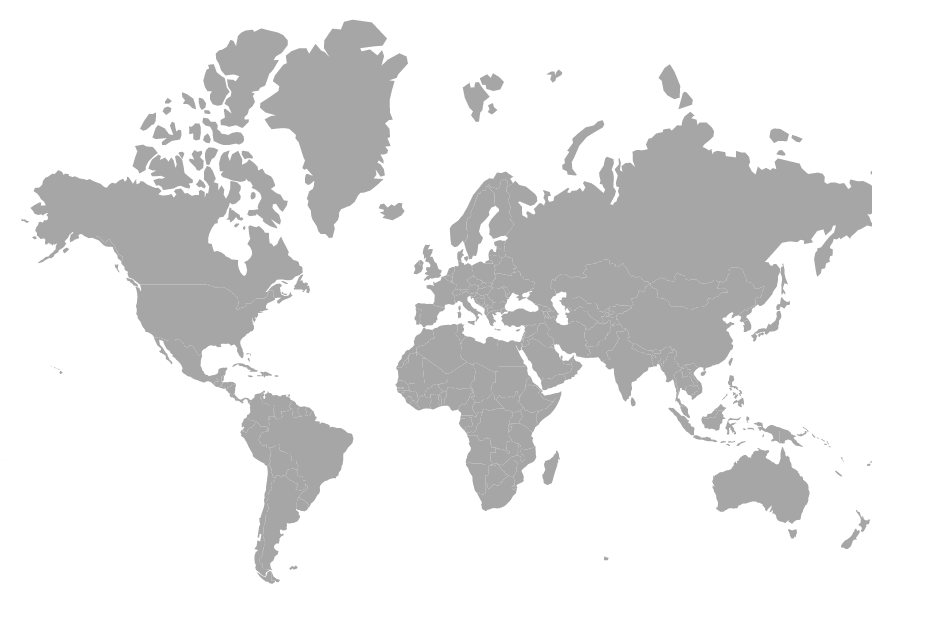Getting Started with ASP.NET MVC Maps Component
9 Dec 20243 minutes to read
This section briefly explains about how to include ASP.NET MVC Maps component in your ASP.NET MVC application using Visual Studio.
You can explore some useful features in the Maps component using the following video.
Prerequisites
System requirements for ASP.NET MVC components
Create ASP.NET MVC application with HTML helper
Install ASP.NET MVC package in the application
To add ASP.NET MVC controls in the application, open the NuGet package manager in Visual Studio (Tools → NuGet Package Manager → Manage NuGet Packages for Solution), search for Syncfusion.EJ2.MVC5 and then install it.
Install-Package Syncfusion.EJ2.MVC5 -Version 32.1.19NOTE
Syncfusion® ASP.NET MVC controls are available in nuget.org. Refer to NuGet packages topic to learn more about installing NuGet packages in various OS environments. The Syncfusion.EJ2.MVC5 NuGet package has dependencies, Newtonsoft.Json for JSON serialization and Syncfusion.Licensing for validating Syncfusion® license key.
Add namespace
Add Syncfusion.EJ2 namespace reference in Web.config under Views folder.
<namespaces>
<add namespace="Syncfusion.EJ2"/>
</namespaces>
Add script resources
Here, the script is referred using CDN inside the <head> of ~/Pages/Shared/_Layout.cshtml file as follows,
<head>
...
<!-- Syncfusion ASP.NET MVC controls scripts -->
<script src="https://cdn.syncfusion.com/ej2/32.1.19/dist/ej2.min.js"></script>
</head>NOTE
Checkout the Adding Script Reference topic to learn different approaches for adding script references in your ASP.NET MVC application.
Register Syncfusion® script manager
Also, register the script manager EJS().ScriptManager() at the end of <body> in the ~/Pages/Shared/_Layout.cshtml file as follows.
<body>
...
<!-- Syncfusion ASP.NET MVC Script Manager -->
@Html.EJS().ScriptManager()
</body>Add ASP.NET MVC Maps component
Now, add the Syncfusion® ASP.NET MVC Maps component in ~/Views/Home/Index.cshtml page.
@Html.EJS().Maps("container").Layers(layer => { layer.ShapeData(Model).Add(); }).Render();Place the WorldMap.json file in App_Data folder of the project. Read the content in WorldMap.json file in the code behind and assign the deserialized object to the shapeData property of the Maps component using the ViewBag object in HomeController.cs as shown below.
public ActionResult Index()
{
return View(GetWorldMap());
}
public object GetWorldMap()
{
string allText = System.IO.File.ReadAllText(Server.MapPath("~/App_Data/WorldMap.json"));
return JsonConvert.DeserializeObject(allText, typeof(object));
}NOTE
The
shapeDatain theViewBagobject is already assigned to the Maps component. Refer to the map data values for the world map here.
Press Ctrl+F5 (Windows) or ⌘+F5 (macOS) to run the app. Then, the Syncfusion® ASP.NET MVC Maps component will be rendered in the default web browser.

NOTE